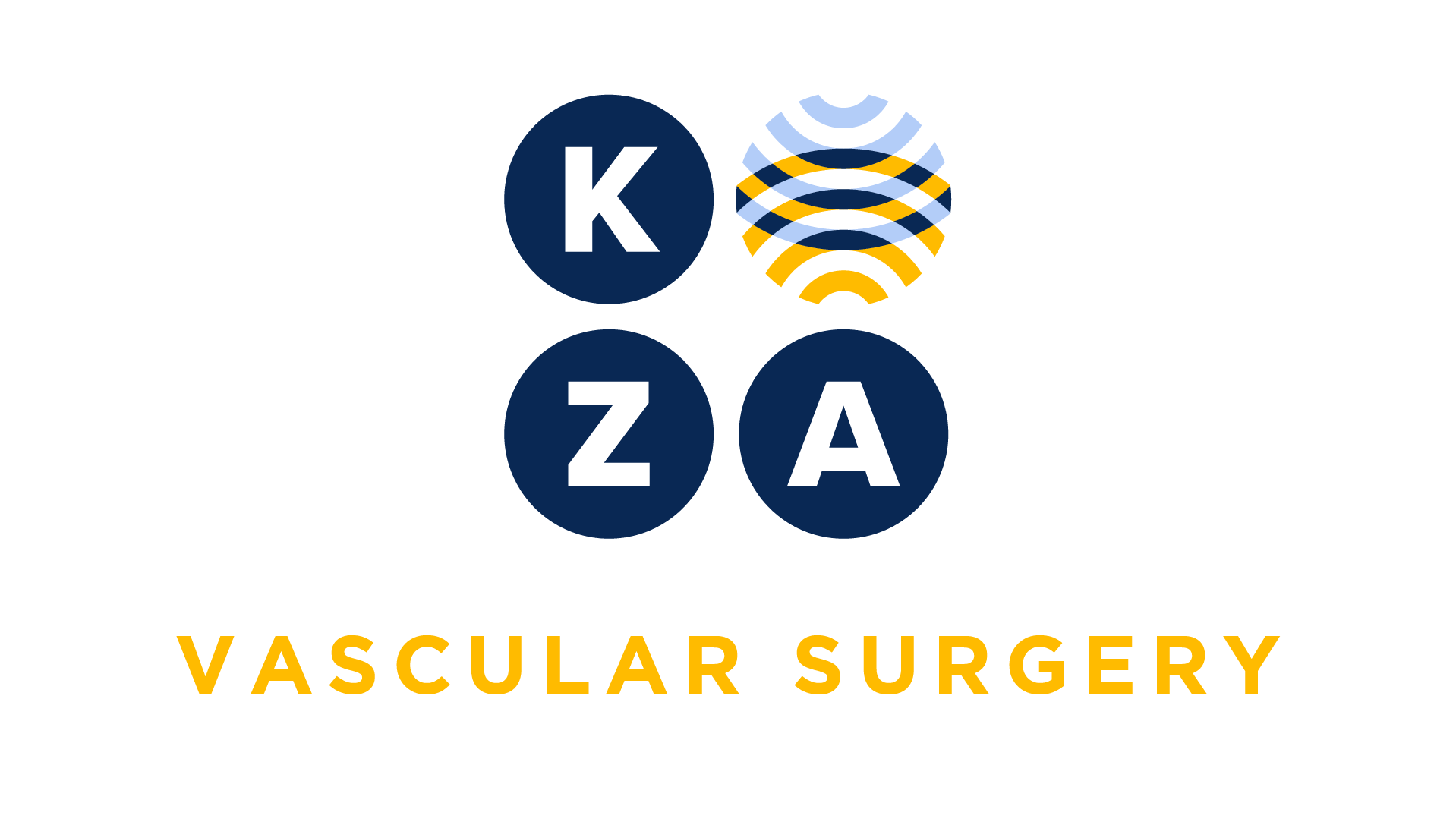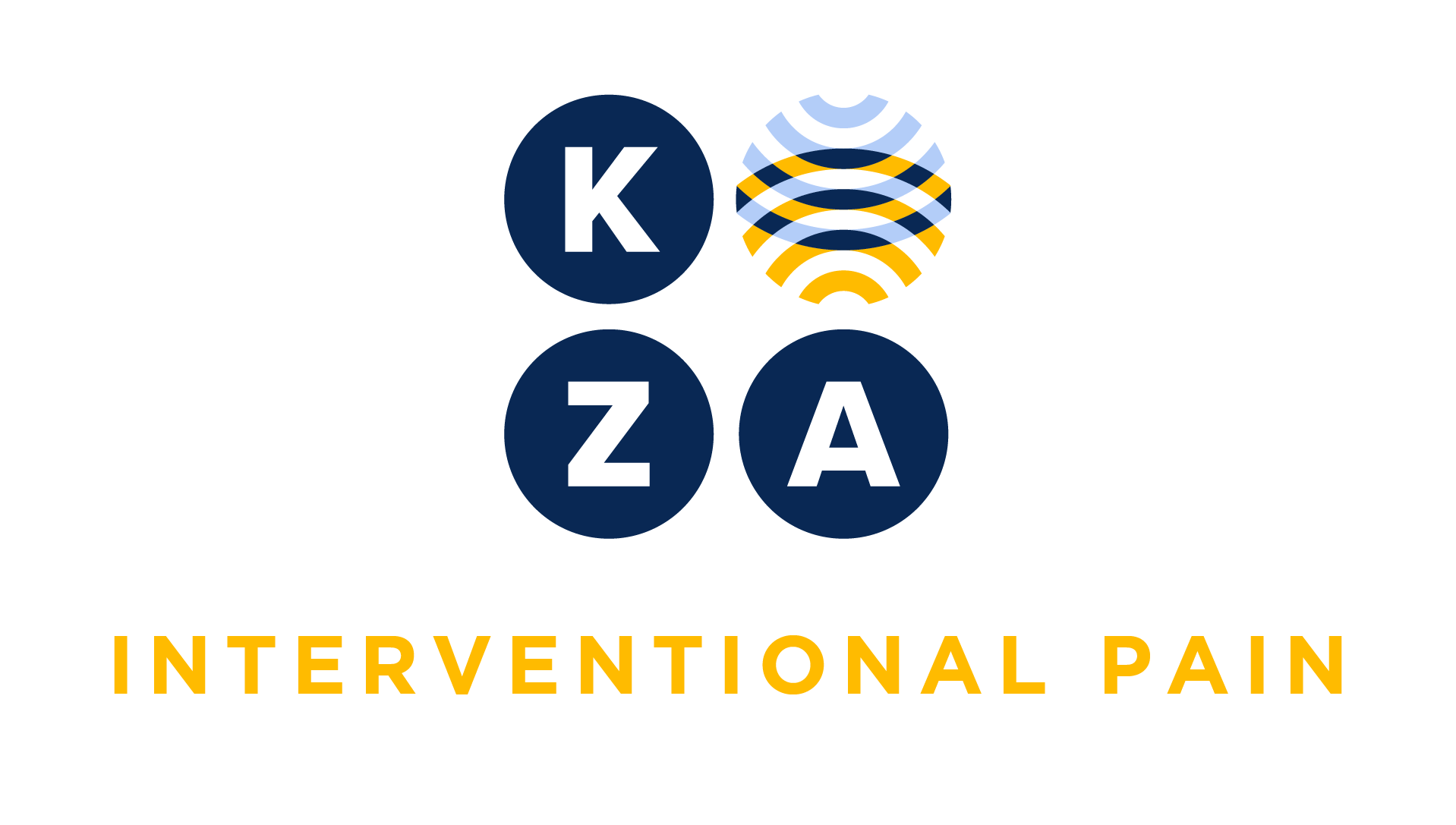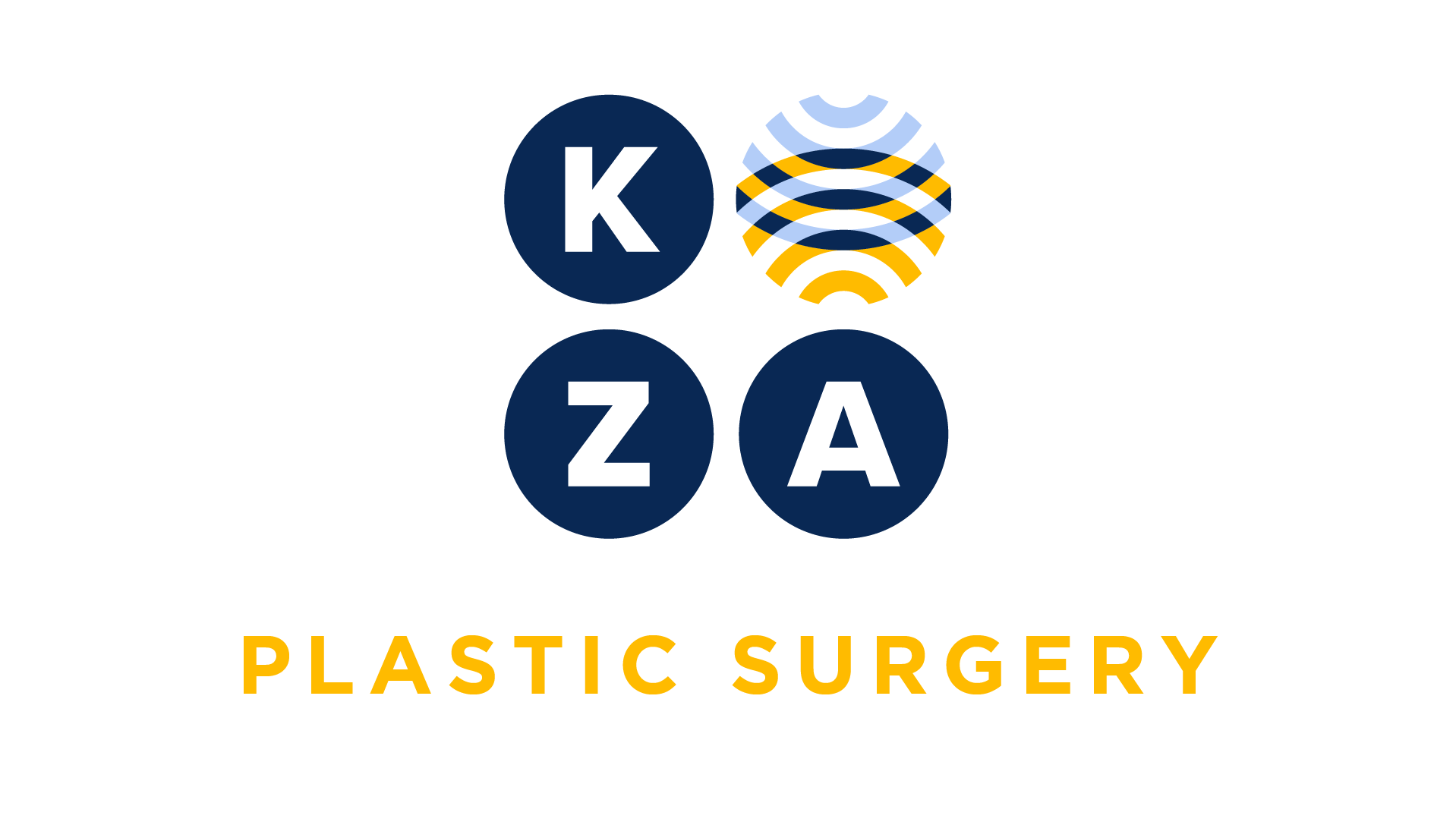
Choose your specialty from the list below to see how our experts have tackled a wide range of client questions.
Looking for something specific? Utilize our search feature by typing in a key word!
E&M Coding Based on Time
Our physicians’ defaults to time for almost every office encounter. We are working with them on documentation and what work contributes to total time and what does not. They perform their own procedures such as skin lesion removal and biopsies in the office. They are counting the total time spent with the patient, including these activities and we do not believe that is correct. Can you help?
Question:
Our physicians’ defaults to time for almost every office encounter. We are working with them on documentation and what work contributes to total time and what does not. They perform their own procedures such as skin lesion removal and biopsies in the office. They are counting the total time spent with the patient, including these activities and we do not believe that is correct. Can you help?
Answer:
Thank you for your inquiry. We will not address the default to time for almost every encounter other than to say medical necessity must be present for time spent. That said, the activities you identify are billable services represented by other CPT codes (aka are separately reported) and may not contribute to the total time in the billed Evaluation and Management (E/M). In other words, the procedure time must be deducted from the total time, assuming the E/M service is reportable.
*This response is based on the best information available as of 10/19/23.
E&M Coding Based on Time
Our physicians’ default to time for almost every office encounter. We are working with them on documentation and what work contributes to total time and what does not. They perform procedures such as nasal endoscopy, sinus debridement, laryngoscopy, etc. in the office. They are counting the total time spent with the patient, including these activities and we do not believe that is correct. Can you help?
Question:
Our physicians’ default to time for almost every office encounter. We are working with them on documentation and what work contributes to total time and what does not. They perform procedures such as nasal endoscopy, sinus debridement, laryngoscopy, etc. in the office. They are counting the total time spent with the patient, including these activities and we do not believe that is correct. Can you help?
Answer:
Thank you for your inquiry. We will not address the default to time for almost every encounter other than to say medical necessity must be present for time spent. That said, the activities you identify are billable services represented by other CPT codes (aka are separately reported) and may not contribute to the total time in the billed Evaluation and Management (E/M). In other words, the procedure time must be deducted from the total time, assuming the E/M service is reportable.
*This response is based on the best information available as of 10/19/23.
Coding Percutaneous Rods and Screws: Part 2
What if we the neurosurgeon places percutaneous screws and rods (no posterior fusion/bone graft) as the sole treatment for a vertebral fracture. Do we code the regular posterior instrumentation codes, for example +22840 or +22842?
Question:
What if we the neurosurgeon places percutaneous screws and rods (no posterior fusion/bone graft) as the sole treatment for a vertebral fracture. Do we code the regular posterior instrumentation codes, for example +22840 or +22842?
Answer:
Unfortunately, no. Placement of percutaneous screws and rods as the sole procedure must be reported with an unlisted code (22899, Unlisted procedure, spine).
The posterior instrumentation codes (+22840-+22843) are add-on codes and can only be reported with an applicable primary or parent procedure code. Therefore, in this scenario, only the unlisted code may be reported.
*This response is based on the best information available as of 10/19/23.
Coding for TCAR
How is the TCAR procedure reported?
Question:
How is the TCAR procedure reported?
Answer:
Transcarotid Artery Revascularization (TCAR) is a minimally invasive procedure that can clear blockages and open a narrowed cervical carotid artery. The surgeon makes an incision over the common carotid artery to perform the repair. During the TCAR procedure, the surgical team reverses blood flow in the area of the blockage.
TCAR is reported with the same code as a carotid stent, 37215,Transcatheter placement of intravascular stent(s), cervical carotid artery, open or percutaneous, including angioplasty, when performed, and radiological supervision and interpretation; with distal embolic protection.
Modifier Order on CMS Claim Form
We are submitting a hospital claim form with the modifier 25 and FS modifier. We are unsure which modifier to list first. What is your recommendation?
Question:
We are submitting a hospital claim form with the modifier 25 and FS modifier. We are unsure which modifier to list first. What is your recommendation?
Answer:
Thanks for contacting KZA and remembering to use the FS modifier for shared services provided in the hospital. KZA recommends placing modifier 25 first, as this is considered a reimbursement modifier followed by the FS modifier, which is an informational modifier.
Diagnosis Coding Excludes 1 Codes
Our physicians list their diagnosis codes in the Assessment section of their notes. They link the diagnosis codes to the charges in our EHR. We receive a claims submission edit stating the two diagnosis codes may not be reported together. We review the rules and find the codes have an “Excludes 1” relationship. Our question is, should we remove the diagnosis code that is listed as the “Excludes 1” from the Assessment section of the note when correcting the claim based on the guidelines.
Question:
Our physicians list their diagnosis codes in the Assessment section of their notes. They link the diagnosis codes to the charges in our EHR. We receive a claims submission edit stating the two diagnosis codes may not be reported together. We review the rules and find the codes have an “Excludes 1” relationship. Our question is, should we remove the diagnosis code that is listed as the “Excludes 1” from the Assessment section of the note when correcting the claim based on the guidelines.
Answer:
Great news to hear you are reviewing your claims edit reports timely. But, no, do not do that. The “Excludes 1” is an ICD-10-CM coding guideline also known as a coding rule. Think of this like an NCCI edit; when CMS has an edit between 2 CPT codes, we do not change the documentation in the operative note. Rather, we report the most comprehensive of the 2 CPT codes. The “Excludes 1” guideline is a similar concept—we do not change the documentation; instead, we report the most comprehensive diagnosis code.
Do you have a Coding Question you would like answered in a future Coding Coach?
If you have an urgent coding question, don't hesitate to get in touch with us here.






